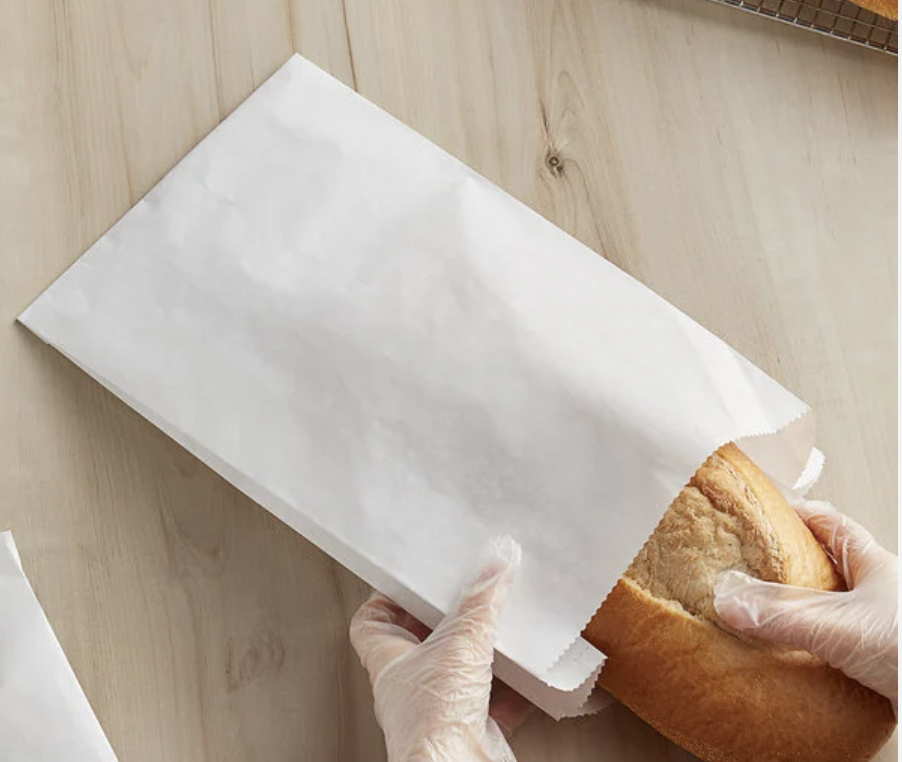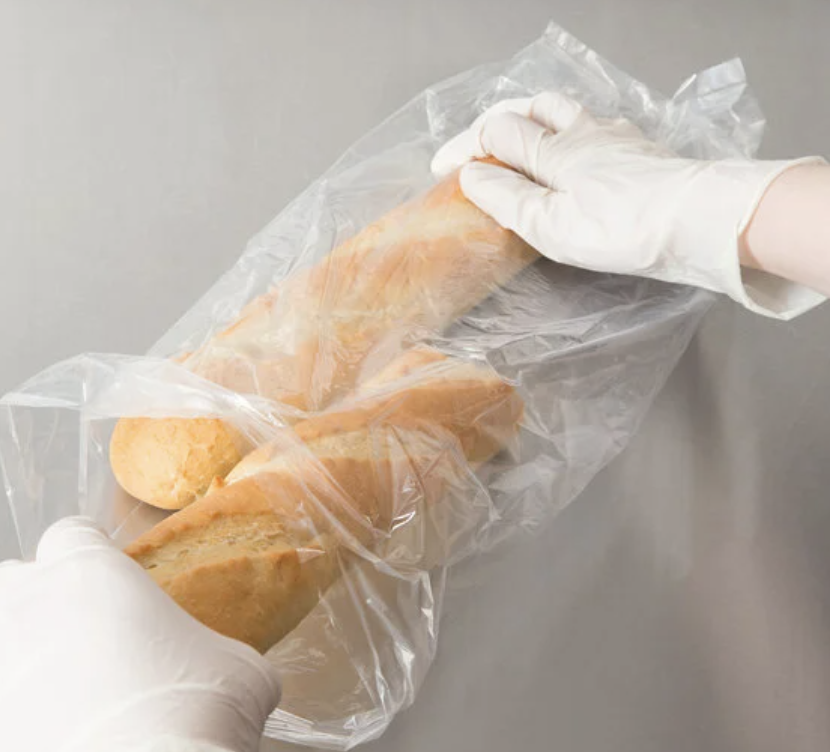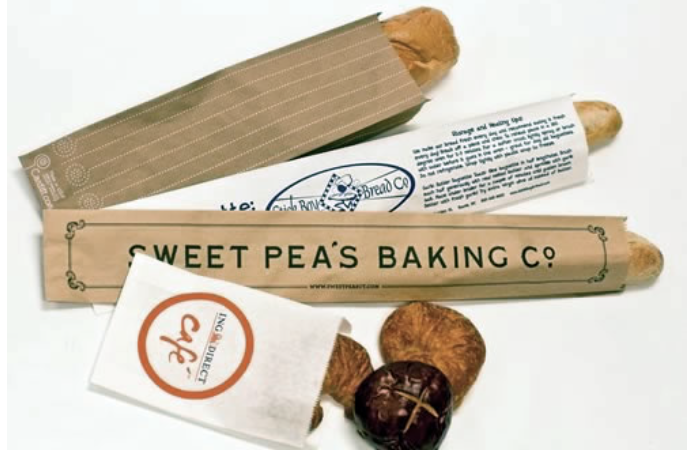Paper Bread Bags vs. Plastic Bread Bags
Paper vs. Plastic Bread Bags: Which is the Better Choice?
Both paper and plastic bread bags are a common sight in bakeries, supermarkets, cafés, and other food establishments. These bags serve distinct purposes, catering to different needs and preferences. Paper bread bags are typically used to package freshly baked goods or sandwiches for takeaway, while plastic bread bags are primarily designed to keep bread fresh for longer periods.
In this article, we will explore the uses, environmental impact, and branding possibilities of paper and plastic bread bags to help businesses make informed decisions.
Typical Uses of Paper and Plastic Bread Bags
Paper Bread Bags
Custom paper bread bags are commonly used in bakeries, delis, and cafés for packaging freshly baked items like loaves, baguettes, and pastries. These bags allow air to circulate, preserving the crusty texture and freshness of baked goods while giving customers the authentic “just baked” experience.

Plastic Bread Bags
Plastic bread bags are more frequently used in supermarkets for sealing and storing bread. Their airtight nature prevents moisture loss, keeping bread soft and fresh for extended periods. However, this lack of ventilation can make freshly baked goods lose their crusty texture.

Environmental Impact: Paper vs. Plastic Bread Bags
Sustainability is a growing concern among consumers, and businesses are increasingly weighing the environmental consequences of their packaging choices.
Paper Bread Bags
Paper bread bags are considered an eco-friendly alternative due to their compostable and biodegradable properties. They decompose relatively quickly in landfills and are widely accepted in recycling streams as long as they aren’t heavily contaminated with food. However, producing paper bags requires significant resources, including water and chemicals. Studies suggest that paper bags must be reused at least three times to offset their environmental impact compared to plastic bags.
Plastic Bread Bags
While plastic bags can technically be recycled, many recycling facilities don’t accept them because they can clog machinery. Additionally, plastic bags can take hundreds of years to decompose, posing a significant environmental challenge. Their limited recyclability makes them less favorable from a sustainability perspective.
Branding and Customization Options
Both paper and plastic bread bags offer opportunities for businesses to highlight their brand through custom printing. From logos to promotional messages, these bags can be tailored to enhance brand visibility. However, paper bags have a clear edge when it comes to customization.
Paper Bread Bags
Paper bags hold ink exceptionally well, allowing for detailed and vibrant designs. They also offer a variety of customization options, such as textured finishes, windowed designs, and unique styles like baguette bags.
Plastic Bread Bags
Plastic bags, with their smooth surfaces, can make printing more challenging. The ink may not adhere as effectively, leading to less vibrant designs. While they are available in various colors and finishes, their customization options are somewhat limited compared to paper bags.

Conclusion
The choice between paper and plastic bread bags ultimately depends on the specific needs and values of your business.
Paper Bread Bags are ideal for takeaway orders, offering sustainability and extensive customization options. However, their production requires significant resources.
Plastic Bread Bags excel at preserving the freshness of packaged bread over time but face criticism for their environmental impact and limited recyclability.
Both options have their merits, and businesses should consider factors such as intended use, environmental goals, and branding priorities when making their decision.
